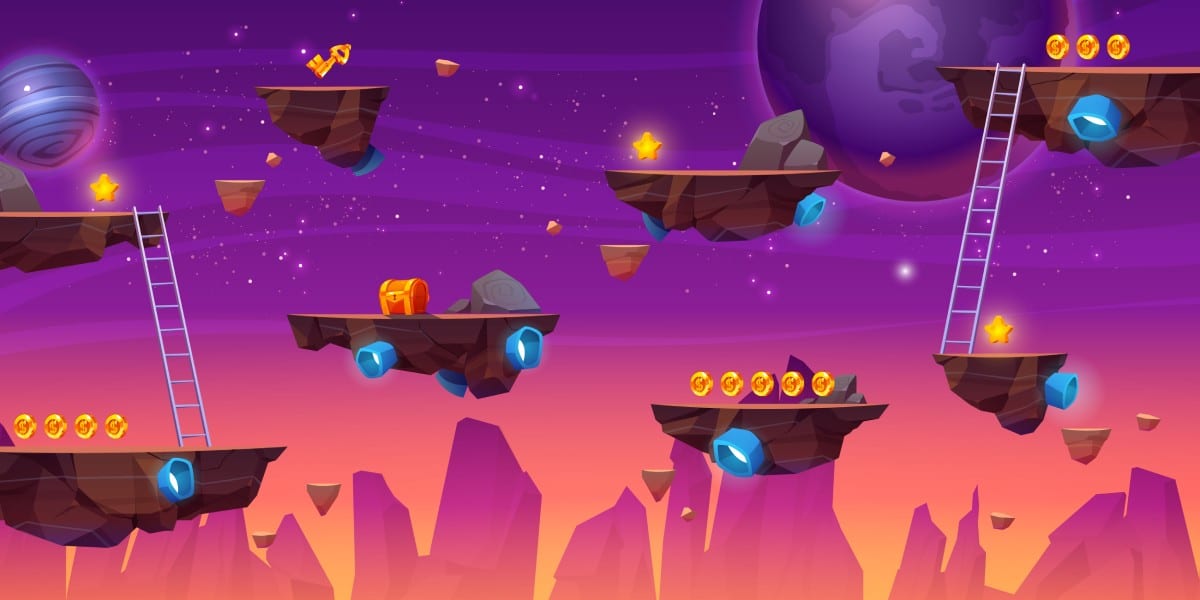


When you think about video games, what comes to mind? Stunning visuals? Complex code? While art and coding are undoubtedly crucial components of game development, there’s a foundational element that precedes them: game design.
Game design is the initial phase of the entire game development process. It’s where the magic begins, where ideas take shape, and the vision for the game is conceptualized. Think of it as the blueprint for the entire gaming experience.
Game design isn’t simply about making a game look pretty. It’s about crafting the entire experience for the player. It involves:
Consider the difference between FIFA and Counter-Strike. Both are competitive multiplayer games, but their design philosophies are worlds apart. FIFA aims to replicate the thrill of a real-world sport, while Counter-Strike focuses on tactical teamwork and fast-paced action. Game designers carefully consider these nuances to create distinct and engaging experiences.
Game design is a multifaceted field, drawing from various disciplines:
This is a common question! While game designers often need a strong understanding of artistic principles and the possibilities and limitations of code, game design itself is neither solely art nor purely coding. It sits at the intersection of creativity, logic, and an understanding of the player. Designers define the rules, the systems, and the overall experience. They might sketch out interfaces or have a basic understanding of scripting, but their primary focus is on the how and whyof the gameplay itself. Artists then bring the visual style to life, and programmers translate the design into functional code.
The Indian gaming landscape is currently experiencing a dynamic period of expansion, fueled by a massive player base exceeding 550 million individuals and a burgeoning interest in independent game development. Initiatives like the Road to Game Jam underscore a significant push towards fostering creativity, technical advancement, and collaborative efforts within the sector. This growing emphasis strongly indicates India’s ambition to establish itself as a prominent player on the global gaming stage.
The Road to Game Jam, a key initiative under the Create in India Challenge: Season 1 at the World Audio-Visual Entertainment Summit (WAVES), has unveiled its top 10 finalists. With over 5,500 registrations from 1,650 colleges spanning 453 cities, the Road to Game Jam has become a pivotal platform for aspiring game developers. Workshops, AMA sessions, and mentorship programs by industry veterans have helped young developers refine their skills. After rigorous selection, 10 standout games were chosen to be showcased at the WAVES Summit in Mumbai from May 1-4, 2025.
The winning developers will receive an all-expense-paid trip to the summit, where their creations will be reviewed by a global panel. The top three winners will receive ₹3.5 lakh, ₹2 lakh, and ₹1.5 lakh, respectively. These accolades, along with industry exposure, aim to propel Indian game development onto the international stage.
With a vast and engaged audience, coupled with increasing opportunities for independent creators – as evidenced by platforms like the Road to Game Jam – the nation is well-positioned to make a substantial impact on the global gaming market. The focus on nurturing local talent and innovation suggests a promising future for Indian-made games and developers. The WAVES Summit in Mumbai served as a crucial platform for these emerging talents to gain recognition and contribute to India’s growing presence in the global gaming industry.